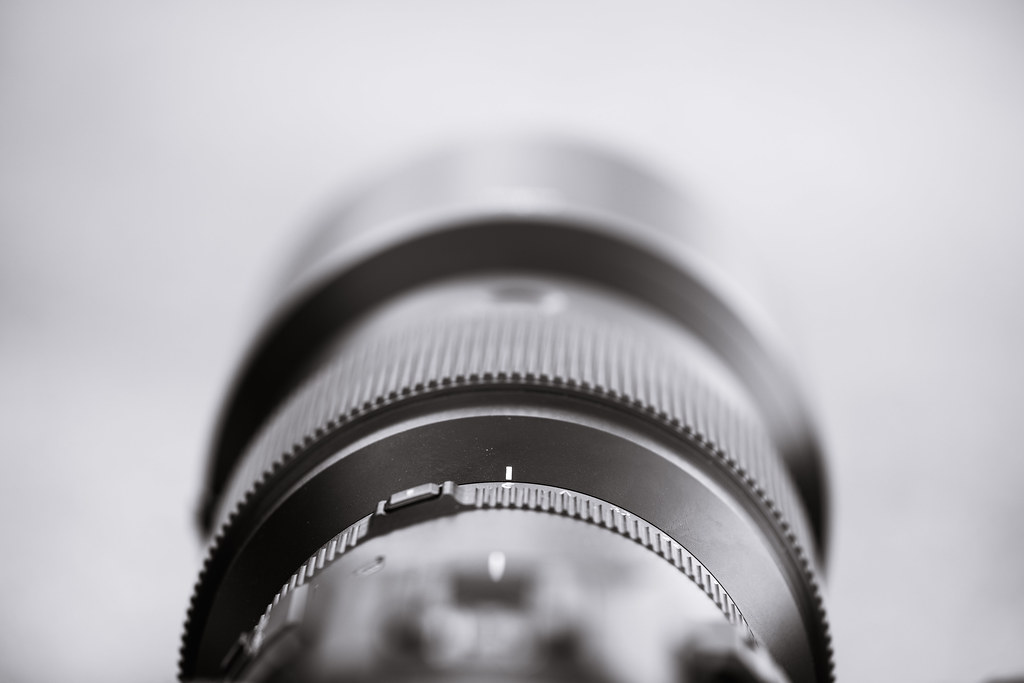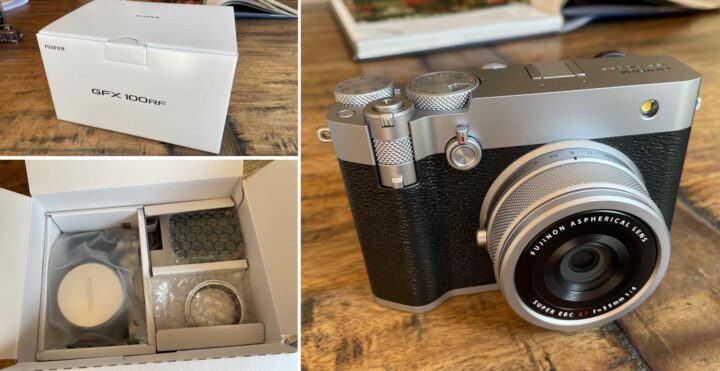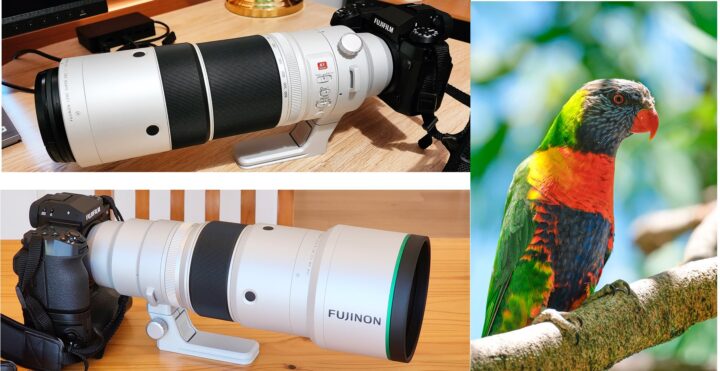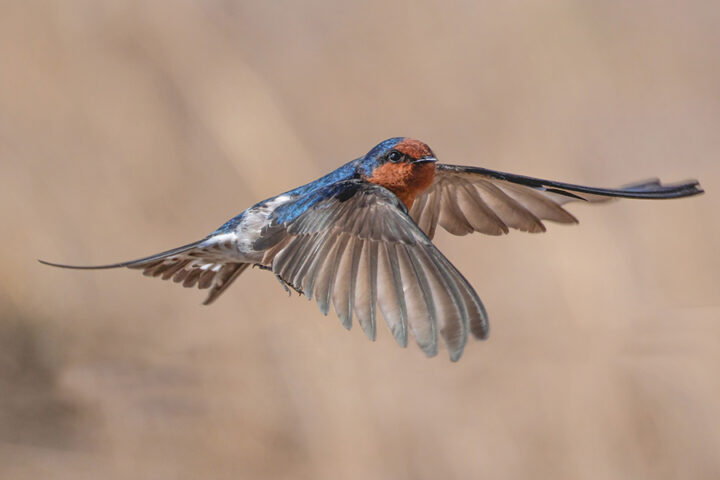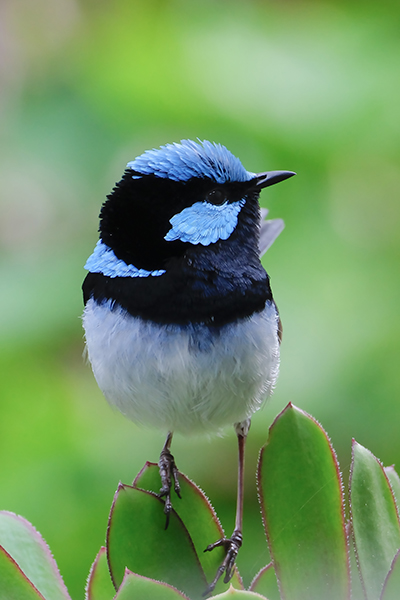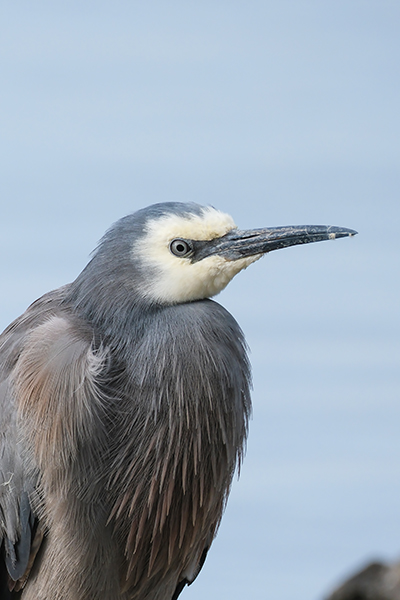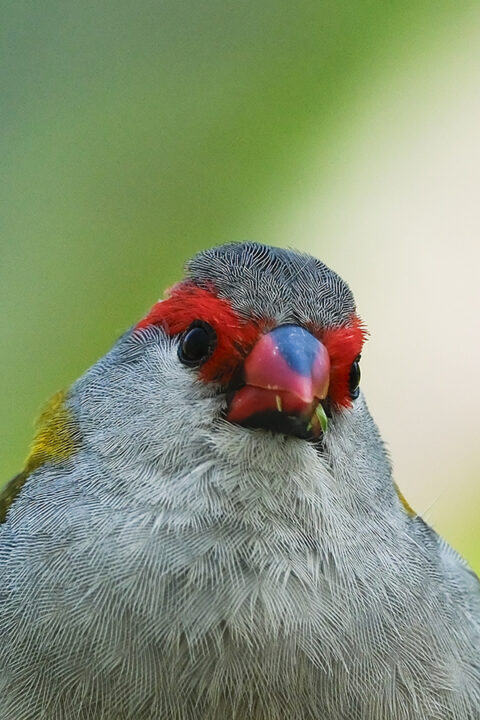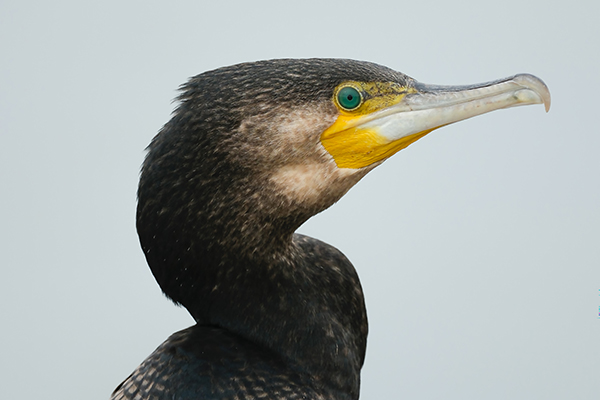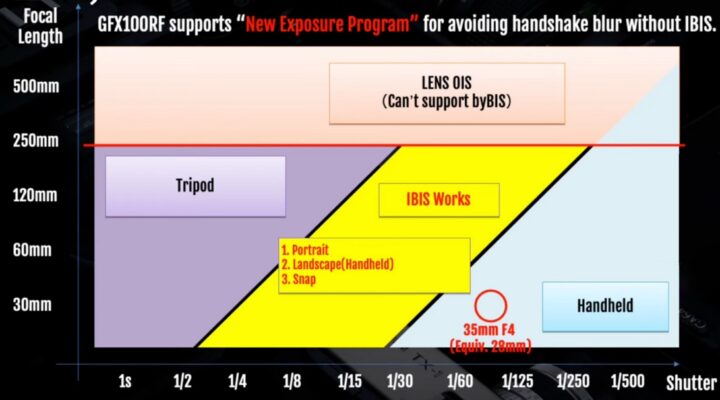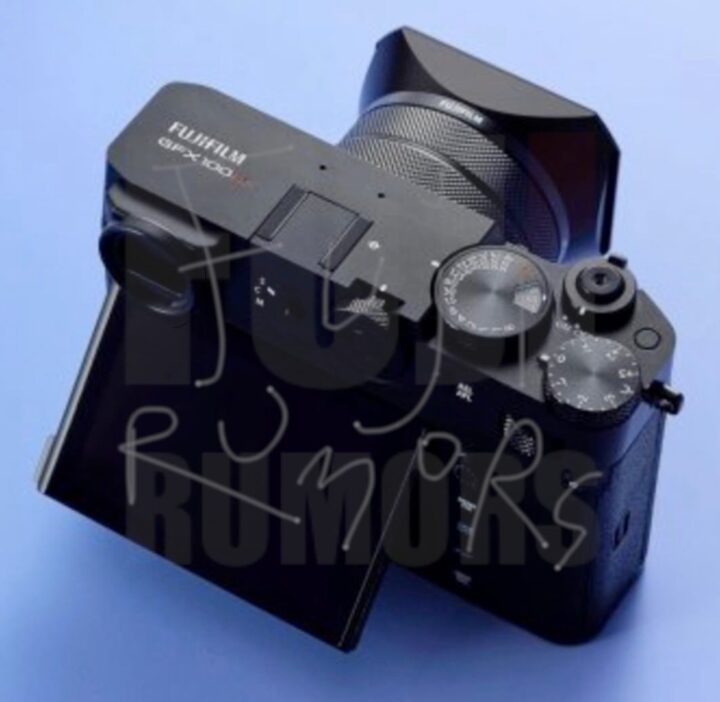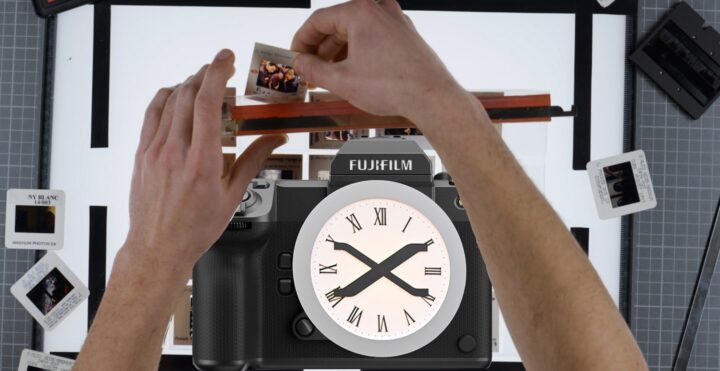First Look Review: Fujinon GF250mmF4 R LM OIS WR
Reaching Out: GF250mmF4 R LM OIS WR
The new GF250mmF4 R LM OIS WR and the optional GF1.4x TC WR teleconverter lens bring genuine telephoto capability to the evolving Fujifilm GFX medium format system. Featuring impressive detail resolution and three-dimensional subject rendering, the rather moderately priced GF250mm equals a 198 mm lens in 35 mm “full-frame” terms, and its reach can be stretched to 350 mm by attaching the new 1.4x teleconverter. Fujifilm’s GF product introductions are completed by two macro expansion tubes that work with almost all existing GF lenses and can turn the GF120mmF4 into a true 1:1 macro lens.
So is it all worth it? You should be able to decide for yourself after reading this first-look review based on pre-production samples of the GF250mmF4 R LM OIS WR, GF1.4x TC WR, MCEX-18G WR and MCEX-45G WR.
_ _ _
Fujinon GF 250mm F4: BHphoto, Adorama, AmazonUS
Fujinon GF 1.4x Teleconverter: BHphoto, Adorama, AmazonUS
18mm Macro Extension Tube: BHphoto, Adorama, AmazonUS
45mm Macro Extension Tube: BHphoto, Adorama, AmazonUS
_ _ _
by Rico Pfirstinger

